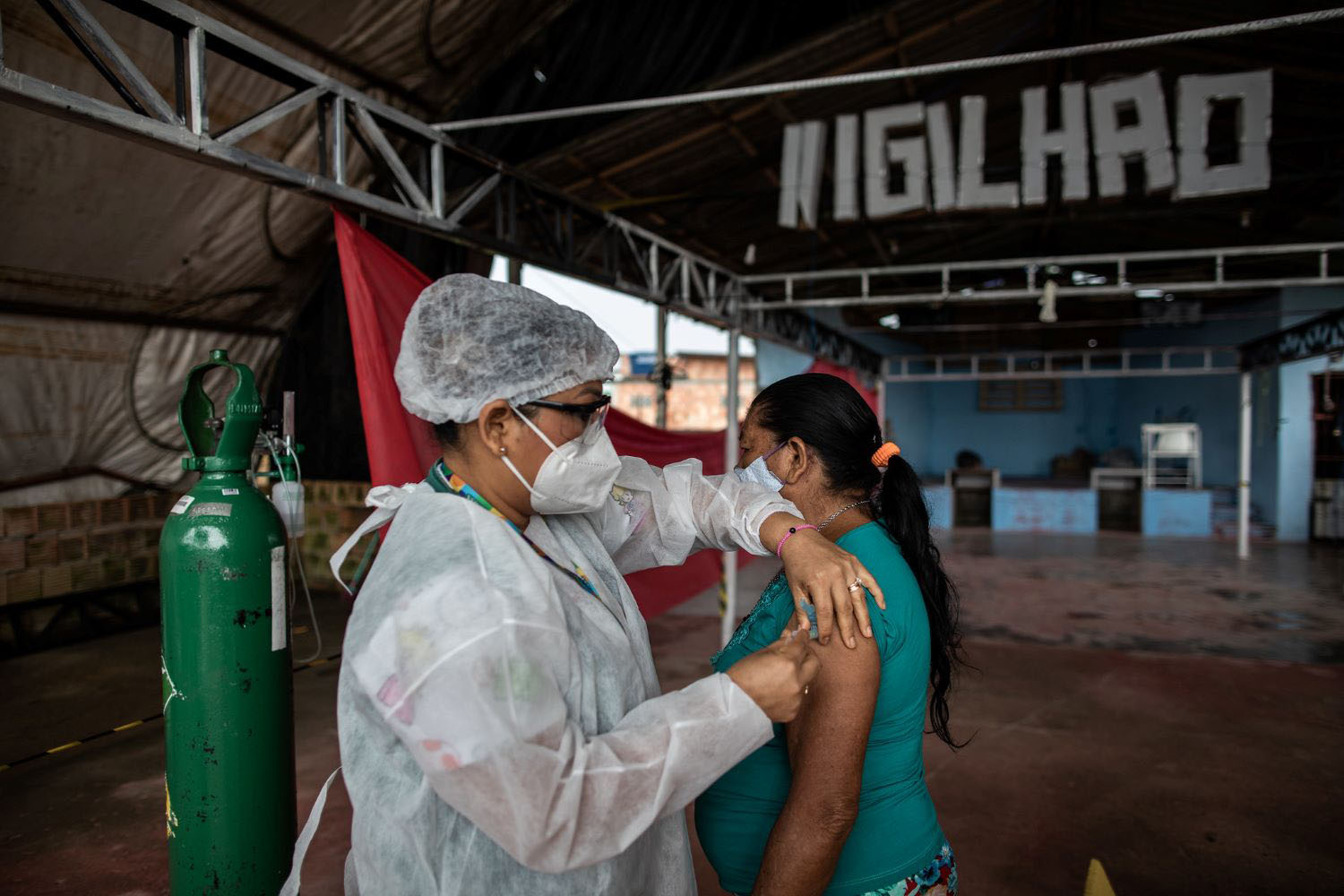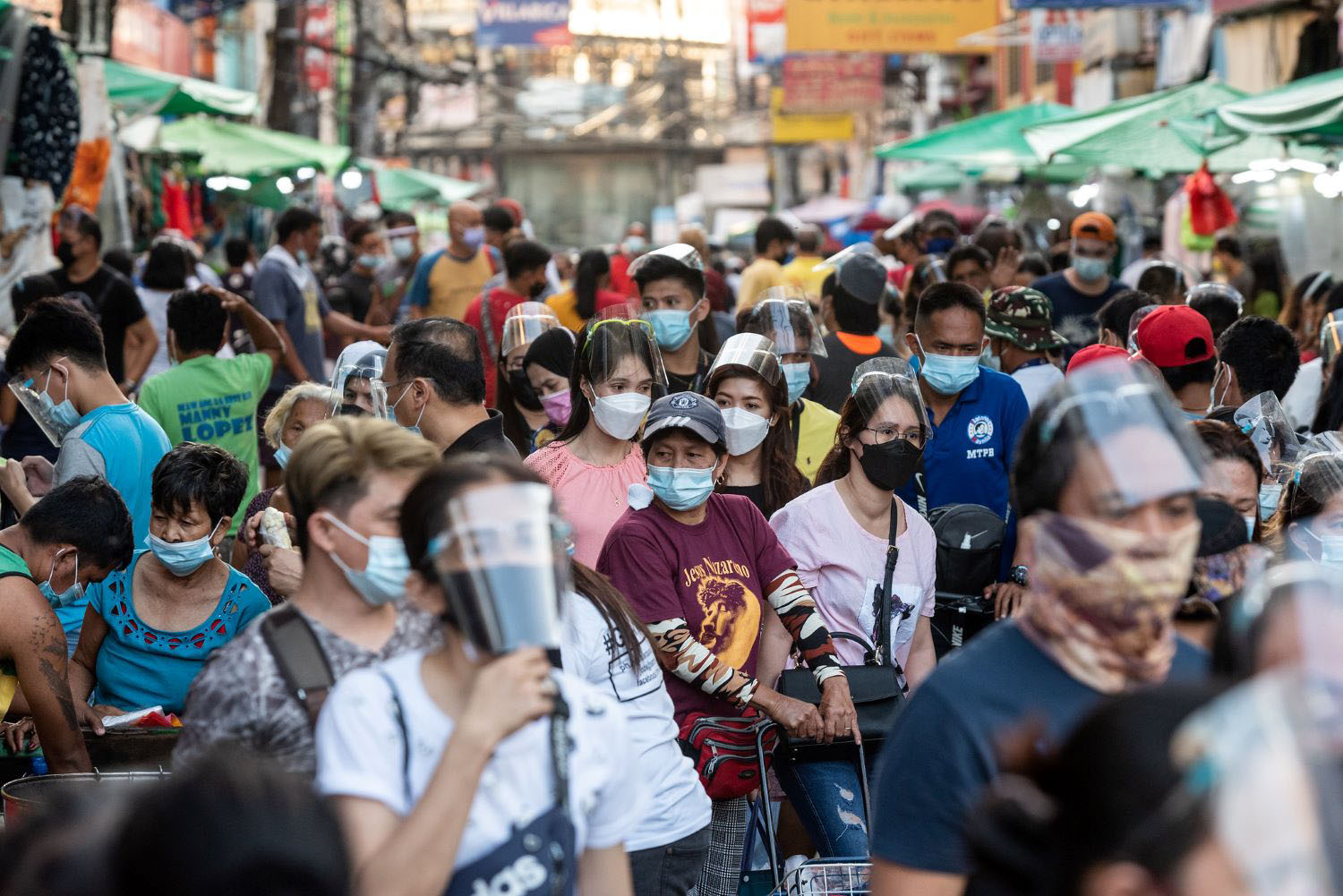Once again, volatile demand for flu vaccine is giving everyone a headache. A mere two years ago supply fell badly short of demand, turning US seniors into "immunization tourists" to Canada, and putting President Bush on the defensive during the 2004 campaign. This year, demand is way off, and suppliers can barely give the vaccine away; they face the prospect of wasting valuable doses because the vaccine is developed specifically for this year's strain. Paradoxically, despite the aggregate surplus some geographic areas are experiencing a shortage. As the New York Times reports, "The situation underscores the fragile nature of the nation's supply system for flu vaccine, a risky and volatile business, in which the federal government has a limited role."
The consequences, aside from the immediate financial losses to suppliers and doctors who purchased in bulk, may be a decrease in future production and, yes, more shortages. "I'm concerned that we'll throw away 20 million doses," said Dr. L. J. Tan, the co- chairman of the National Influenza Vaccine Summit, a group of 140 companies, nonprofit groups and public agencies. "If we keep on doing that, I can guarantee that the following seasons we won't have 115 million doses anymore."
The mismatch between supply and demand is as predictable as the flu season itself: we know it's going to happen, we just don't know how bad it's going to be. So what to do? Prashant Yadav, a supply chain expert at the MIT Center for Transportation and Logistics in Zaragoza, Spain (and a consultant to our Global Health Forecasting Working Group), thinks the reason policymakers haven't yet come up with a workable solution is because they haven't thought about the poor flow of information and product in the complex supply chain, which includes a host of players from patients to physicians, hospitals, transportation providers, insurers and manufacturers. The approach that he and co-investigator David Williams have arrived at in a recent study include:
- creating an electronic clearinghouse for information on vaccine supply and demand
- improving forecasting and pre-booking, capturing local information about health conditions and demand
- establishing systems for redistribution from areas of surplus to areas of shortage
- reducing lead times through technological innovation in production and transportation
The challenge of dealing with volatility in demand in a complex supply chain is familiar to those who are trying to get live-saving drugs, diagnostics and vaccines into wider use in developing countries. It's worth thinking about whether there are ways to apply some of these ideas to a broad range of products - one of the angles the Forecasting Working Group is looking at closely.
CGD blog posts reflect the views of the authors, drawing on prior research and experience in their areas of expertise.
CGD is a nonpartisan, independent organization and does not take institutional positions.





